Shirasu and chirimen jako refer to a group of baby white fish. It’s calcium and protein-rich and eaten raw, blanched, or simmered in a sweet-savory sauce.
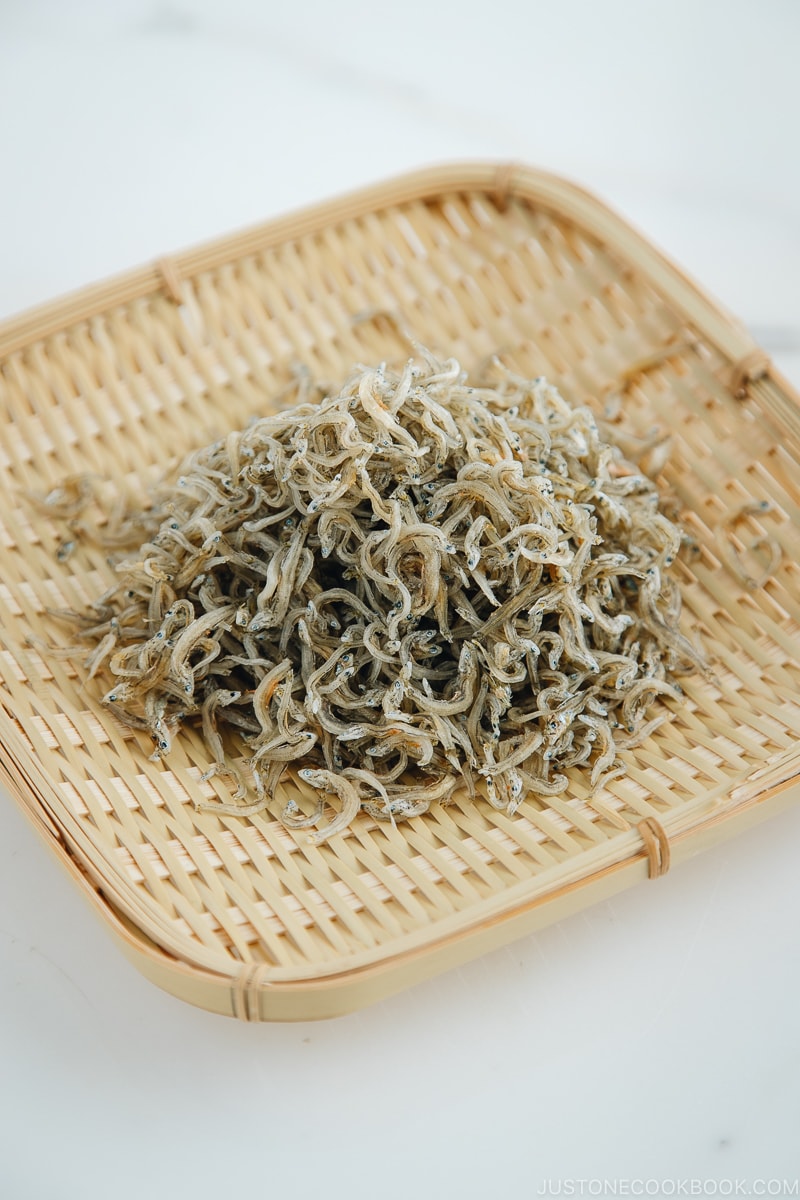
Shirasu (白子, しらす) refers to immature fish, usually a mixture of Japanese sardines (まいわし ma-iwashi), round herring (うるめいわし urume-iwashi), and Japanese anchovy (かたくちいわし katakuchi-iwashi).
Table of contents
What Is Shirasu
Shirasu is about 2-3cm long baby fish eaten raw, boiled, and dried. These fish are caught in coastal areas and shallow waters. Kanagawa prefecture is a famous region for shirasu.
A Japanese food rich in calcium, protein, DHA omega-3 oils, and vitamin D, it is enjoyed in many ways, such as a topping on Chilled Tofu (Hiyayakko) and Tamago Tofu, mixed with rice or onigiri, eaten raw in sushi, and added to pasta and pizza, and cooked down in a sweet-savory sauce for Homemade Furikake.
Unlike the hassle of grilling fish, it is an easy way to incorporate the nutritional benefits of fish into your diet, as you can eat it whole.
What Does It Taste Like
It has a mild fishy flavor. The bones are soft and tender, so you can eat them whole.
Varieties of Shirasu
It goes by many names depending on the processing method.
- Raw – Nama Shirasu (生しらす)
- Boiled – Kama-age Shirasu (釜揚げしらす)
- Boiled and lightly dried – Shirasu-boshi (しらす干し)
- Boiled and completely dried – Chirimenjako or Jako (ちりめんじゃこ・じゃこ)
Kamaage Shirasu
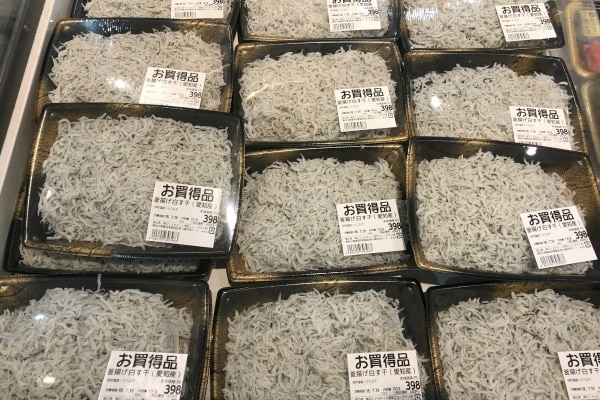
Kamaage Shirasu 釜揚げしらす retains the soft texture from the light boil. You can quickly rinse under water or pour hot water if they taste too salty.
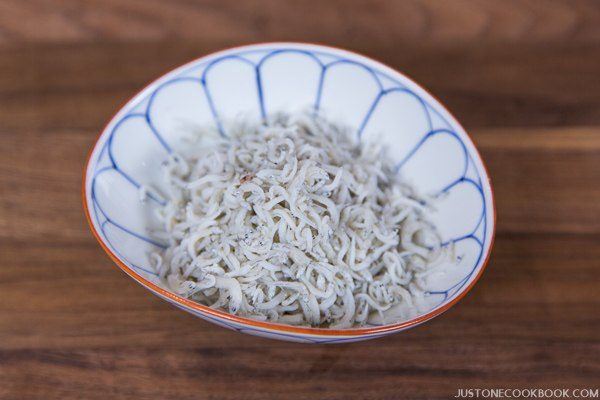
Chirimenjako or Jako
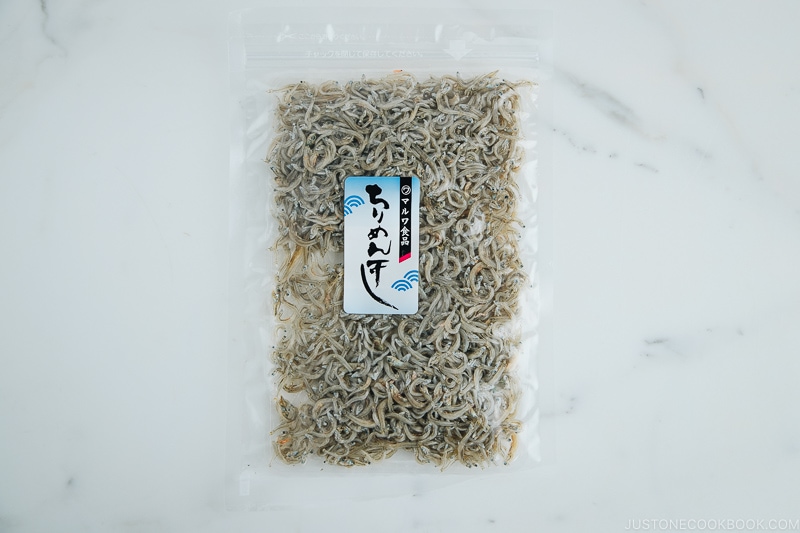
Chirimenjako, or jako, is boiled and dried sardines with a brittle and hard texture. If you like a bit of floral spiciness, look for chirimen sansho (ちりめん山椒), jako cooked with sansho peppers.
How To Use
Use the versatile and calcium-rich fish in your dishes, such as a garnish over tofu or grated daikon radish, top over rice for shirasu don, add to steamed vegetables or salads, or as an umami-rich addition to noodle soups.
Recipes Using Baby Sardines
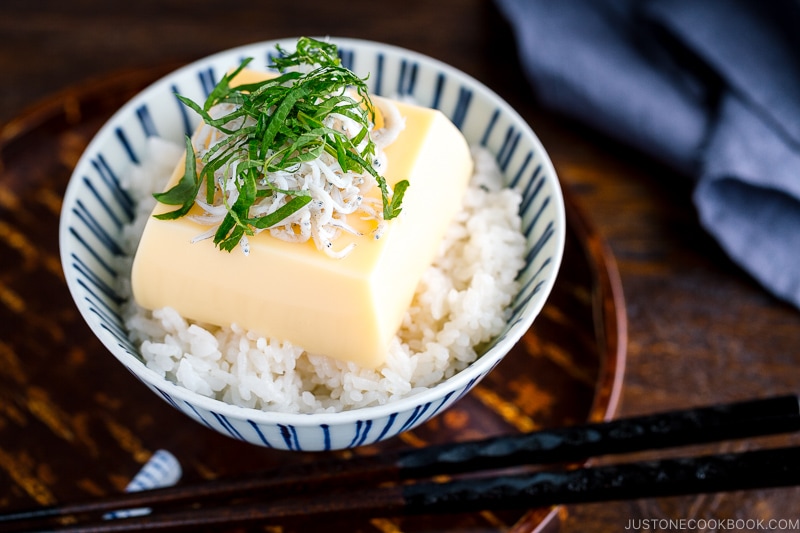
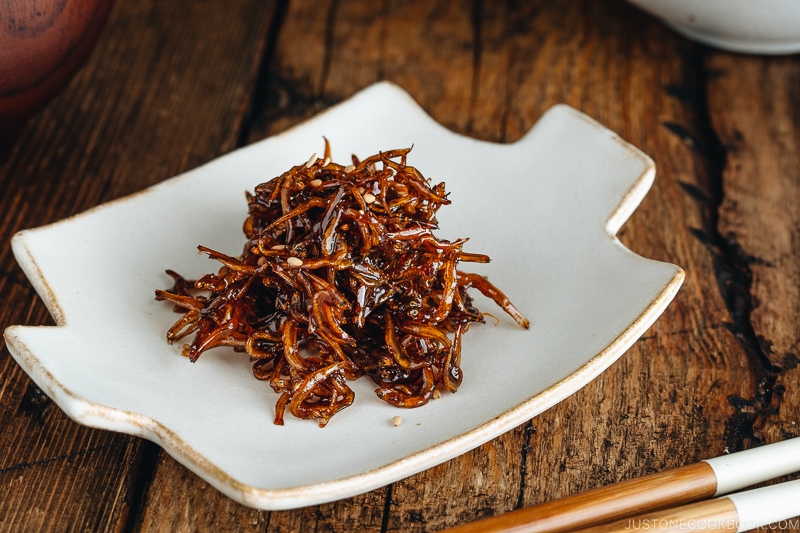
Where To Buy
You might find the fish in the refrigerated section of Japanese and Asian grocery stores. It’s rare to find raw shirasu and kamaage shirasu as it’s highly perishable, so consider yourself lucky if you do! You can find chirimen jako in the dried foods or furikake aisle.
Wish to learn more about Japanese cooking? Sign up for our free newsletter to receive cooking tips & recipe updates! And stay in touch with me on Facebook, Pinterest, YouTube, and Instagram.









